

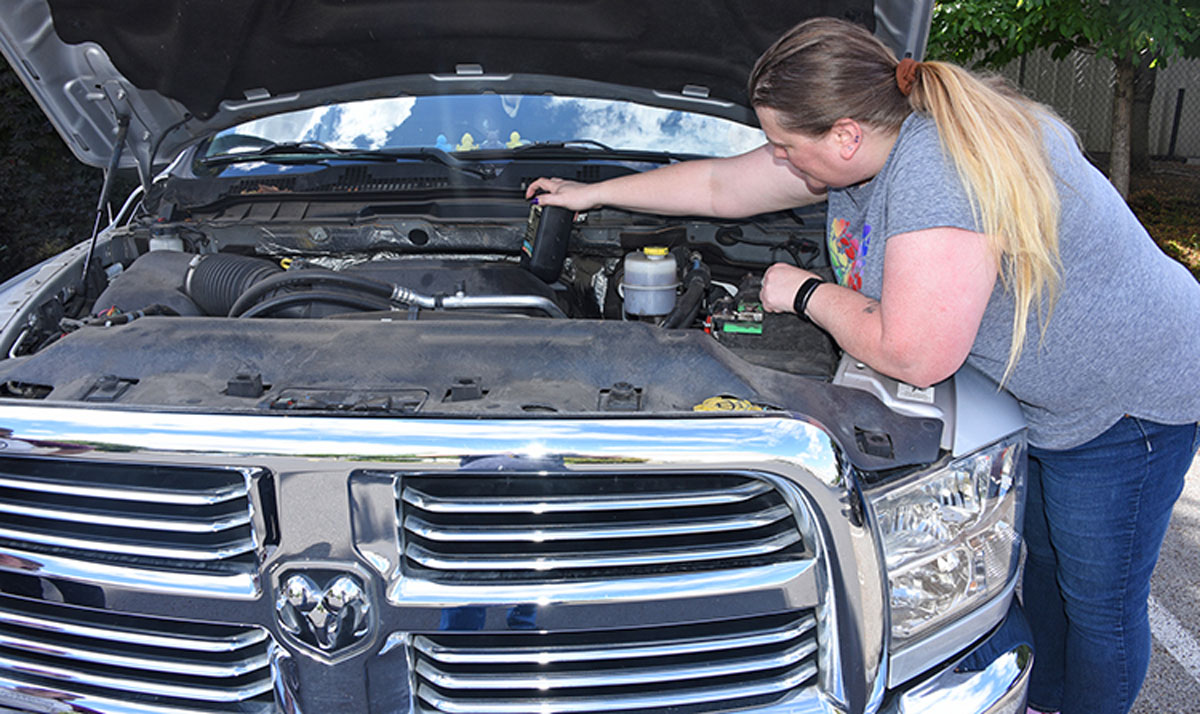
rowing up, changing one’s own oil was a rite of passage. Sure, you could take it to the dealership or a local mechanic to have the job done, but if you were a real car (or truck) fanatic, you proved your devotion to the machinery by doing the job yourself. In fact, if you’re like many of us on this very magazine, you’ve probably opened hundreds of quarts of oil over the years — you might even remember spearing a metal-topped can with an oil spout. But do you know what all those numbers, letters and symbols on the bottle mean? How about the differences between standard and synthetic oils, or when they should be changed?
If not, don’t worry — you’re not alone. But, if you are a dedicated car/truck/RV nerd, you should learn, because the science and technology behind contemporary oil formulations continues to change — and is actually pretty interesting stuff when you break it all down. Plus, understanding oils can help you get the most out of your engine in the long run.
Letters and Numbers
The American Petroleum Institute (API) is the organization that represents all segments of America’s oil and natural gas industry, and since its inception in 1919 it has developed more than 700 standards to enhance operational and environmental safety, efficiency and sustainability. The API’s Engine Oil Licensing and Certification System (EOLCS) is a voluntary licensing and certification program that authorizes engine oil marketers who meet specified requirements to use the API Engine Oil Quality Marks. These emblems go directly on each container of oil that retains the certification(s) and are there to help consumers identify quality engine oils for their gasoline-and diesel-powered vehicles.
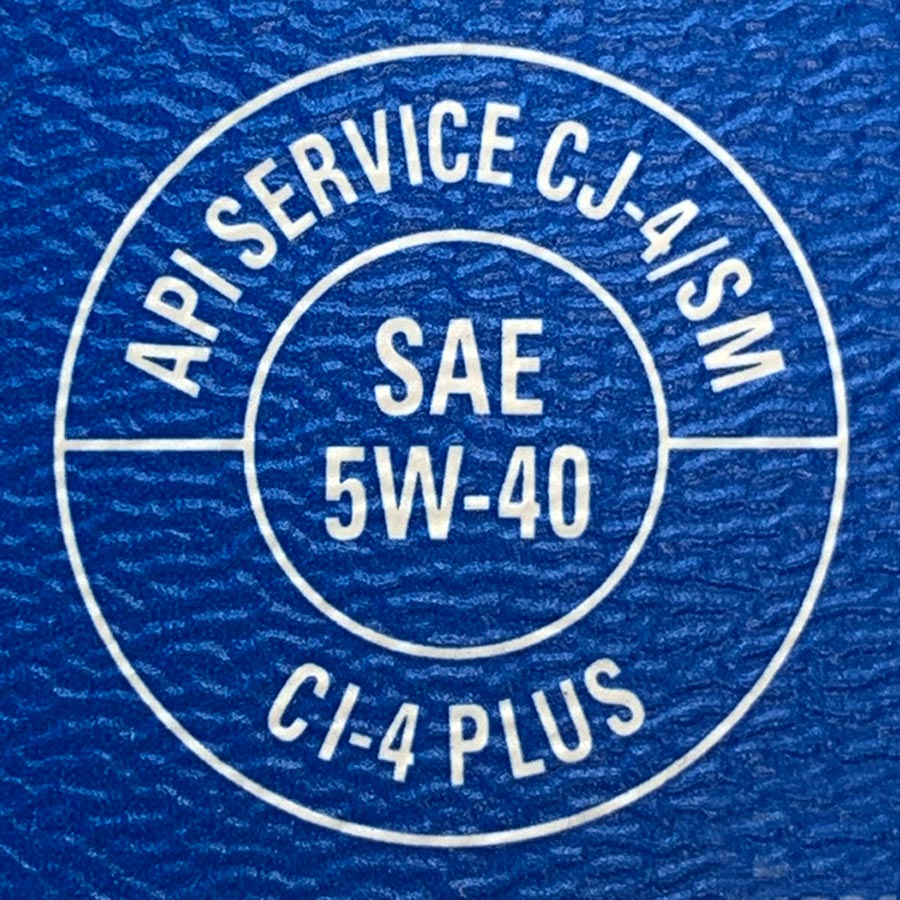
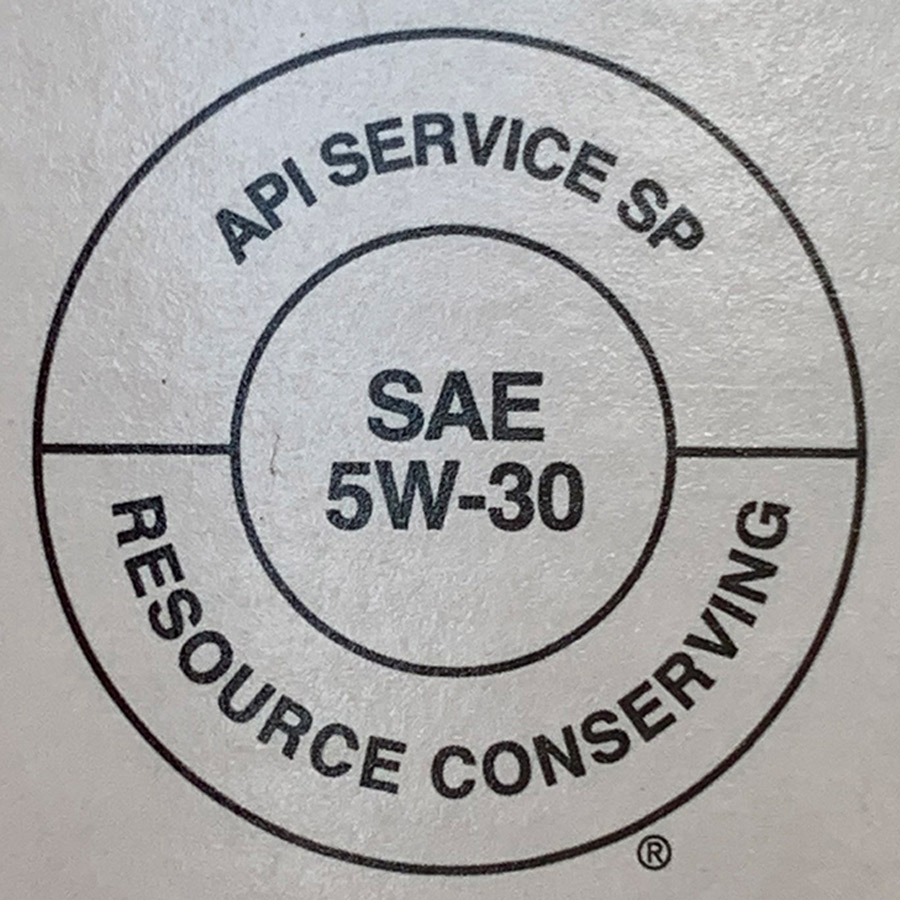
In the center of the donut are the numbers that you’re most likely concerned with, which indicate the viscosity grade of the oil. Put simply, viscosity is a measure of an oil’s thickness — its ability to flow at certain temperatures — typically expressed in numbered grades ranging from 0 (thinnest) to 50 (thickest). Originally established by the Society of Automotive Engineers, (SAE) an oil’s viscosity was once a single grade, or “straight weight,” but that changed when the SAE added winter grade designations, indicated by a “W” after the viscosity grade (i.e. 10W). Engineers realized that the existing single-grade specification did not adequately identify the cold weather characteristics of a particular oil. For example, depending on the region the crude came from, two oils with the same grade could exhibit different viscosities.
The evolution of motor oil took another big step when advances in petrochemical engineering led to the development of viscosity enhancers, which made it possible for a single oil to serve double-duty in both low and high temperatures. These became known as “multi-grade” oils and are the ones we utilize today. These oils flow like a lower-viscosity oil in freezing temperatures but protect like a heavier-weight oil at higher temperatures. Hence the oils we’re all familiar with: 10W-30, 10W-40, etc.
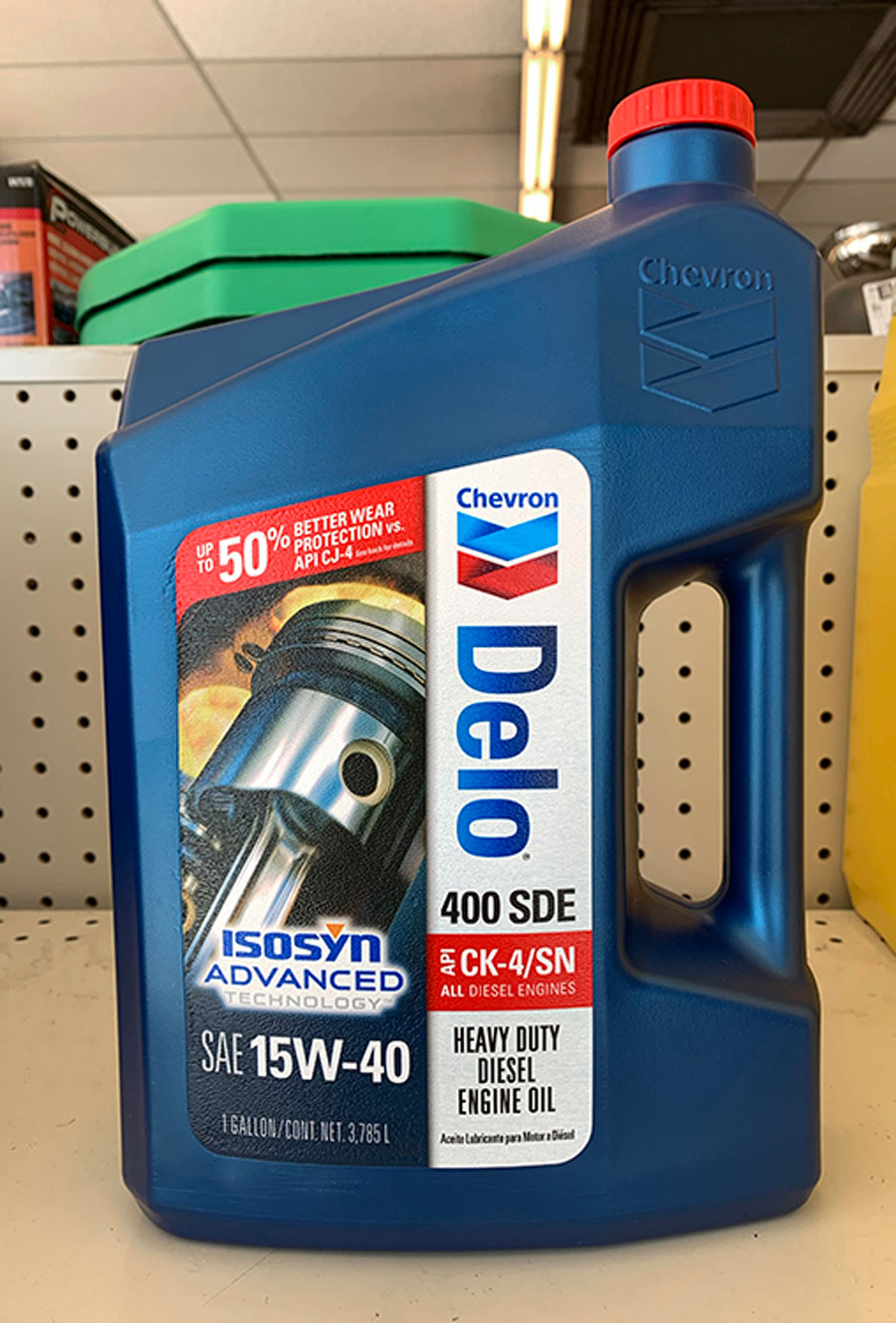
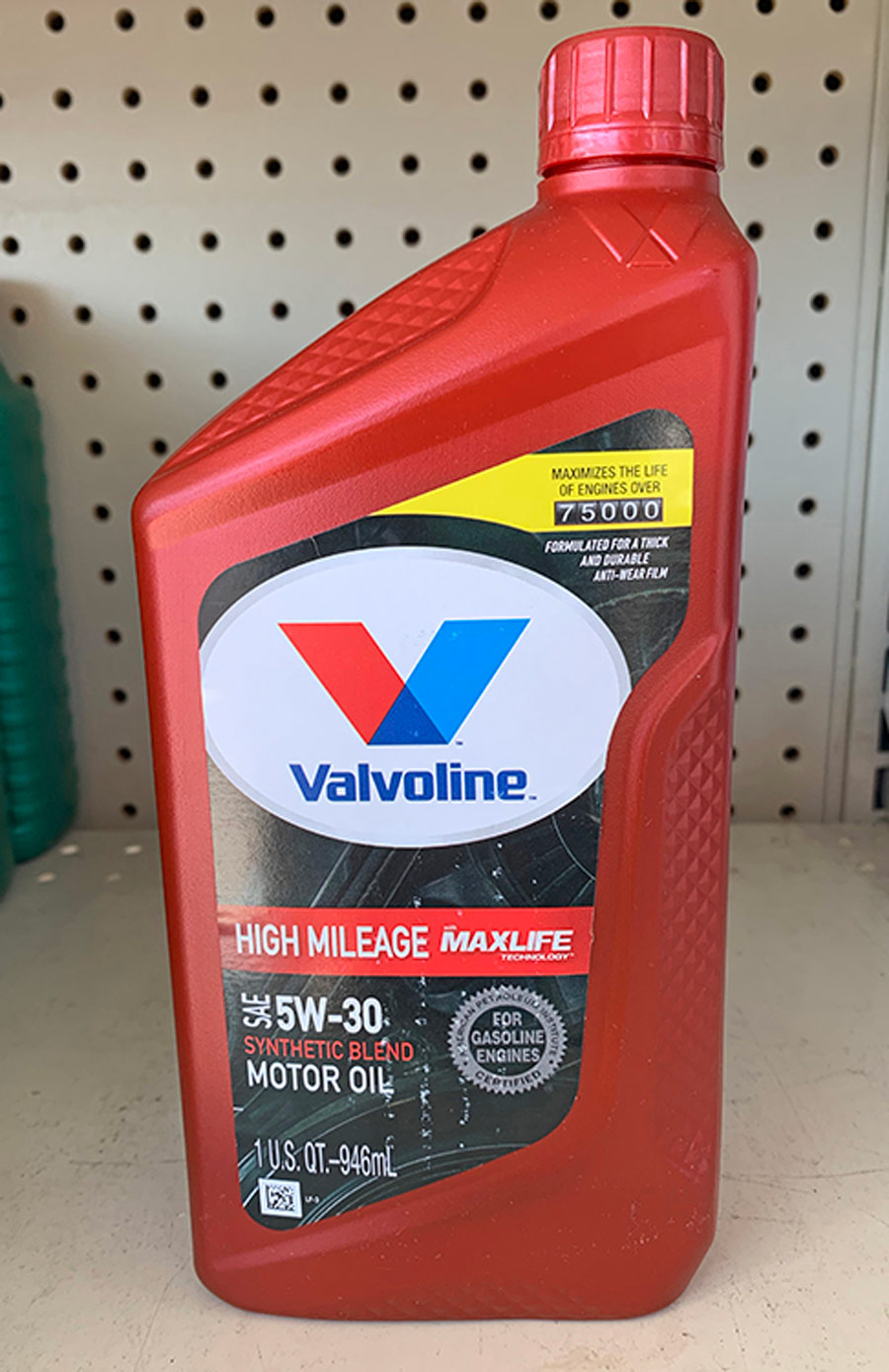
Oils designed for gasoline-burning passenger cars, vans and light trucks will have the terms “Energy Conserving” or “Resource Conserving” displayed at the bottom of the donut, indicating that the oil has been formulated to conserve fuel. For diesel applications, you will find the CI-4 PLUS designation. This designation identifies oils formulated to provide a higher level of protection against soot-related viscosity increases and losses in diesel engines. Elsewhere on the label, you may find reference to “ILSAC”, which means that the oil meets the current engine protection and fuel economy standards of the International Lubricant Standardization and Approval Committee, a joint effort of U.S. and Japanese automobile manufacturers.
Synthetic Oils
Regardless of what its designation suggests, synthetic oil isn’t truly synthetic — it still uses a petroleum “base stock” (rather than whole crude oil), which is transformed using a process known as organic synthesis.
When oil is pumped out of the ground, it has hydrocarbon chain links of all sizes, which create two issues for a vehicle engine application. One, the chains have gaps which allow oxidation and breakdown to occur. Two, the lighter molecules will eventually boil off, leaving the heavier molecules behind. This not only changes the viscosity of the oil, but it also leads to sludge and varnish build-up.

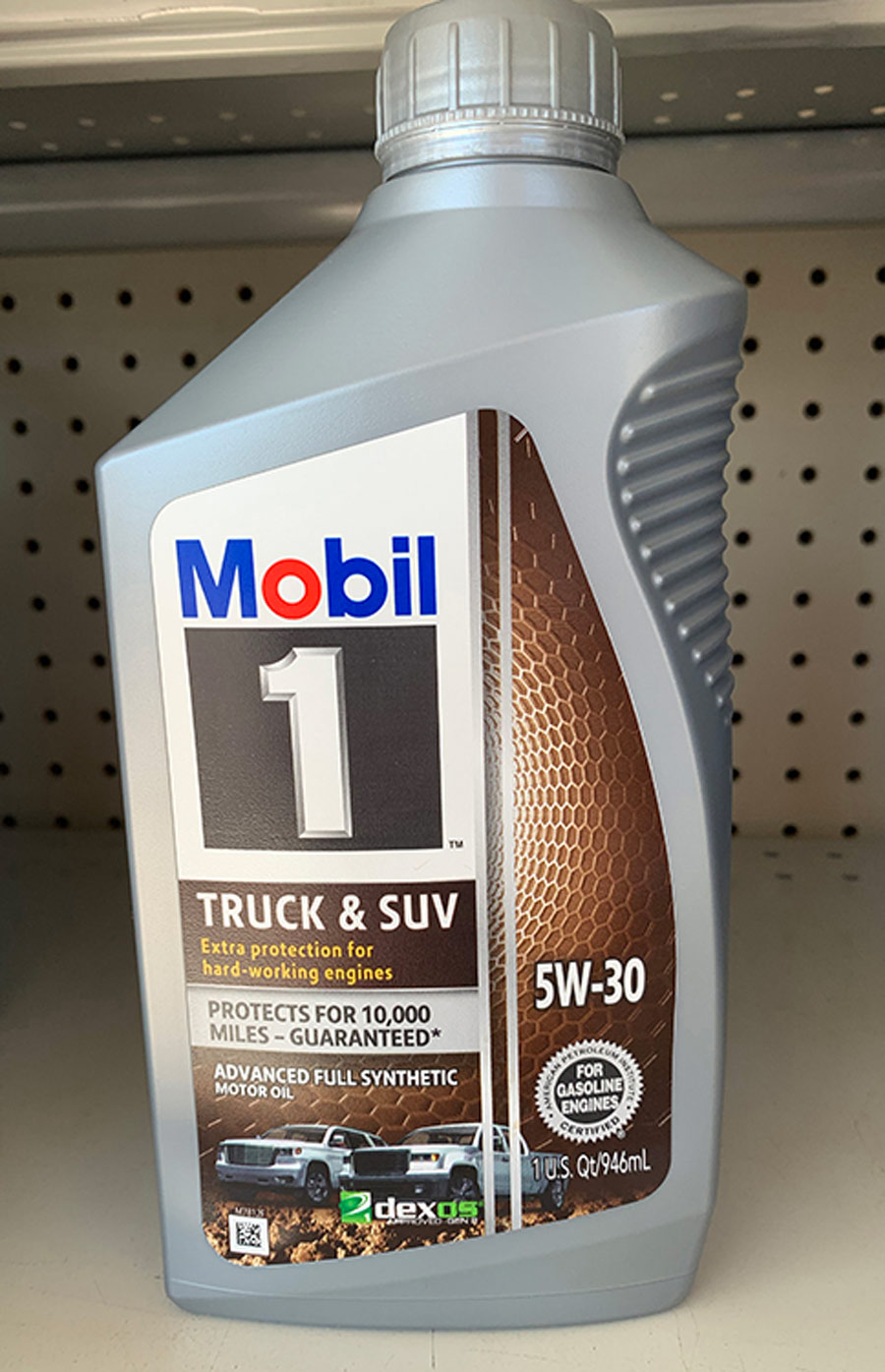
Change Intervals
Oil change intervals have historically been another topic of debate. Realistically, how often you change the oil has a lot to do with the age of the vehicle and the way you drive (mostly city, mostly highway, heavy towing, dirty/dusty conditions, etc). Years ago, prevailing engine technologies (and marketing campaigns by oil-change franchises) suggested that oil be changed around every 3,000 miles or so, but that’s no longer the case. Remember that most gasoline engines from the mid ’80s and earlier did not benefit from efficient electronic fuel injection or coil-on-plug ignition, so the oil became contaminated much more quickly. Today’s gasoline engines can often go 7,000-10,000 miles with ordinary (non-synthetic) oil before a change is needed — again, depending on how the vehicle is driven.
To make things easier on the consumer, so-called “oil life monitoring” systems were introduced in the late ’80s. These systems collect data such as idle and drive time, average engine temperature, load and other information, which is then run through a mathematical algorithm that predicts when the engine oil will begin to break down, usually in the 5,000-8,000 mile range. It’s important to note here that oil life monitors don’t monitor oil condition — so while most peoples’ driving habits may be normal, heavy-duty RV service dictates shorter intervals, as does driving in extremely dirty or dusty conditions. Always consult the owner’s manual or service center for advice on oil change intervals if you think your application is outside the norm.
Synthetic oils can go longer between oil changes because they don’t break down and become sludgy. In fact, some synthetic motor oils have a recommended change interval of up to 25,000 miles or one year (whichever comes first). However, a change eventually becomes necessary because although the oil itself doesn’t break down, its detergents and additives eventually will. If in doubt, you can always send out a sample of your engine’s oil for analysis to determine its condition; some synthetic oil companies offer this service, as do many other companies you can find on the Internet by typing in the words, “engine oil analysis” in your search engine of choice.
Engine oil is something many of us tend to take for granted. But understanding its application and maintaining the recommended change intervals are key to a long service life for your tow vehicle or motorhome.
api.org
SAE International (formerly Society of Automotive Engineers)
sae.org
AMSOIL
(800) 777-7094
amsoil.com

Gasoline Engines
SP: Introduced in May 2020, SP is designed to provide protection against low-speed pre-ignition (LSPI), timing-chain-wear protection, improved high-temperature-deposit protection for pistons and turbochargers, and more stringent sludge and varnish control. API SP with Resource Conserving matches ILSAC GF-6A by combining API SP performance with improved fuel economy, emission-control-system protection and protection of engines operating on fuels containing ethanol up to E85.
SN For 2020 and older automotive engines
SM: For 2010 and older automotive engines.
SL: For 2004 and older automotive engines.
SJ: For 2001 and older automotive engines.
Diesel Engines
CK-4: API Service Category CK-4 describes oils for use in high-speed four-stroke-cycle diesel engines designed to meet 2017 model year on-highway and Tier 4 non-road exhaust-emission standards as well as for previous model year diesel engines. These oils are formulated for use in all applications with diesel fuels ranging in sulfur content up to 500 ppm (0.05% by weight). However, the use of these oils with greater than 15 ppm (0.0015% by weight) sulfur fuel may impact exhaust aftertreatment system durability and/or oil drain intervals. These oils are especially effective at sustaining emission-control-system durability where particulate filters and other advanced aftertreatment systems are used. API CK-4 oils exceed the performance criteria of API CJ-4, CI-4 with CI-4 PLUS, CI-4, and CH-4 and can effectively lubricate engines calling for those API Service Categories. When using CK-4 oil with higher than 15 ppm sulfur fuel, consult the engine manufacturer for service interval recommendations.
CJ-4: Introduced in 2010, CJ-4 is for high-speed, four-stroke engines designed to meet 2010 model year on-highway and Tier 4 non-road exhaust-emission standards as well as for previous model year diesel engines. These oils are formulated for use in all applications with diesel fuels ranging in sulfur content up to 500 ppm (0.05% by weight). However, use of these oils with greater than 15 ppm (0.0015% by weight) sulfur fuel may impact exhaust after treatment system durability and/or oil drain intervals. API CJ-4 oils exceed the performance criteria of API CI-4 with CI-4 PLUS, CI-4, CH-4, CG-4 and CF-4 and can effectively lubricate engines calling for those API Service Categories. When using CJ-4 oil with higher than 15 ppm sulfur fuel, consult the engine manufacturer for service interval.
CI-4: Introduced in 2002. For high-speed, four-stroke engines designed to meet 2004 exhaust emission standards implemented in 2002. CI-4 oils are formulated to sustain engine durability where exhaust gas recirculation (EGR) is used and are intended for use with diesel fuels ranging in sulfur content up to 0.5% weight. Can be used in place of CD, CE, CF-4, CG-4, and CH-4 oils.
CH-4: Introduced in 1998. For high-speed, four-stroke engines designed to meet 1998 exhaust emission standards. CH-4 oils are specifically compounded for use with diesel fuels ranging in sulfur content up to 0.5% weight. Can be used in place of CD, CE, CF-4, and CG-4 oils.
FA-4: API Service Category FA-4 describes certain XW-30 oils specifically formulated for use in select high-speed four-stroke-cycle diesel engines designed to meet 2017 model year on-highway greenhouse gas (GHG) emission standards. These oils are formulated for on-highway applications with diesel fuel sulfur content up to 15 ppm (0.0015% by weight). Refer to individual engine manufacturer recommendations regarding compatibility with API FA-4 oils. These oils are blended to a high-temperature, high-shear (HTHS) viscosity range of 2.9cP–3.2cP to assist in reducing GHG emissions. These oils are especially effective at sustaining emission-control-system durability where particulate filters and other advanced aftertreatment systems are used. API FA-4 oils are designed to provide enhanced protection against oil oxidation, viscosity loss due to shear and oil aeration, as well as protection against catalyst poisoning, particulate filter blocking, engine wear, piston deposits, degradation of low- and high-temperature properties and soot-related viscosity increase. API FA-4 oils are not interchangeable or backward compatible with API CK-4, CJ-4, CI-4 with CI-4 PLUS, CI-4, and CH-4 oils. Refer to engine manufacturer recommendations to determine if API FA-4 oils are suitable for use. API FA-4 oils are not recommended for use with fuels having greater than 15 ppm sulfur. For fuels with sulfur content greater than 15 ppm, refer to engine manufacturer recommendations.

